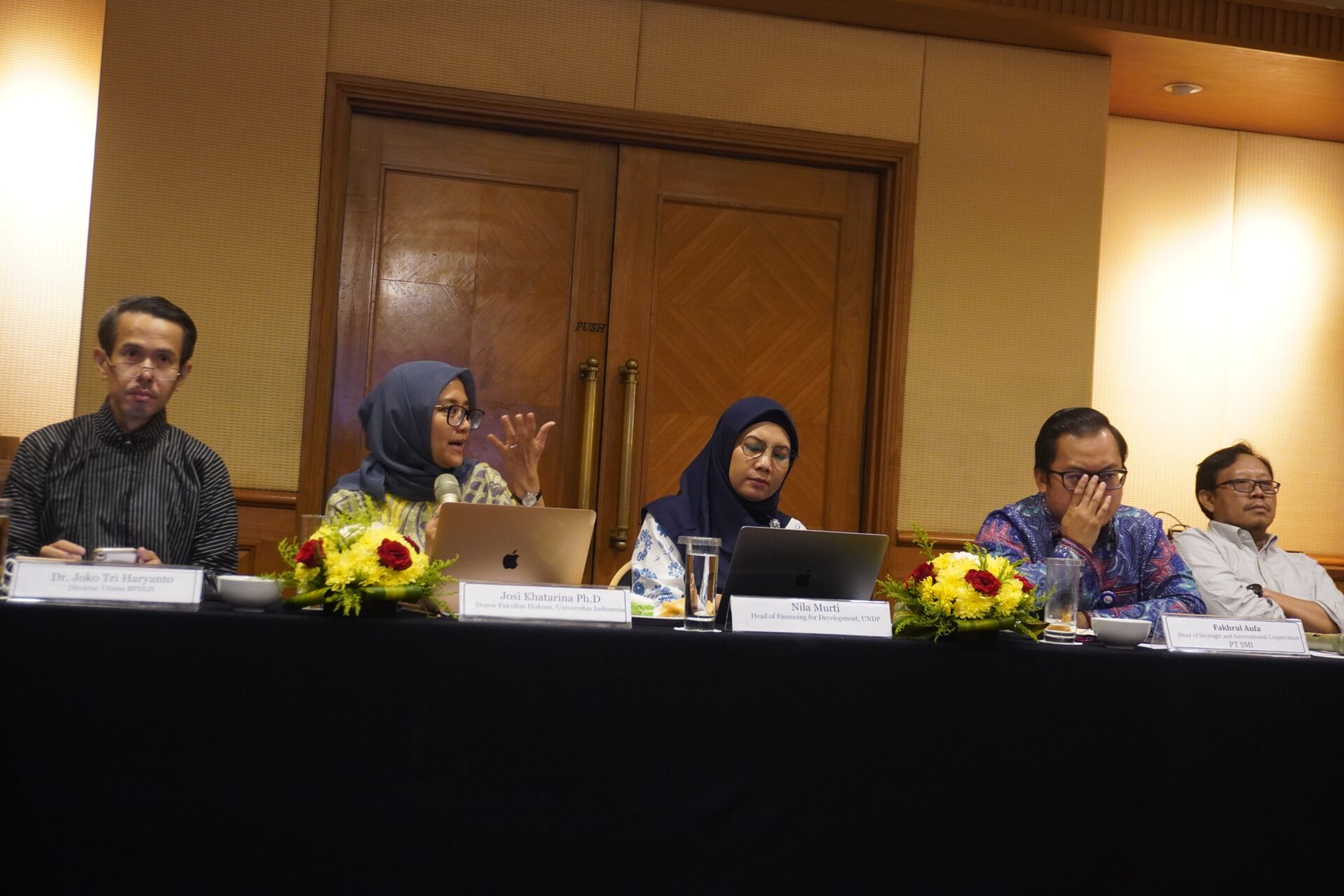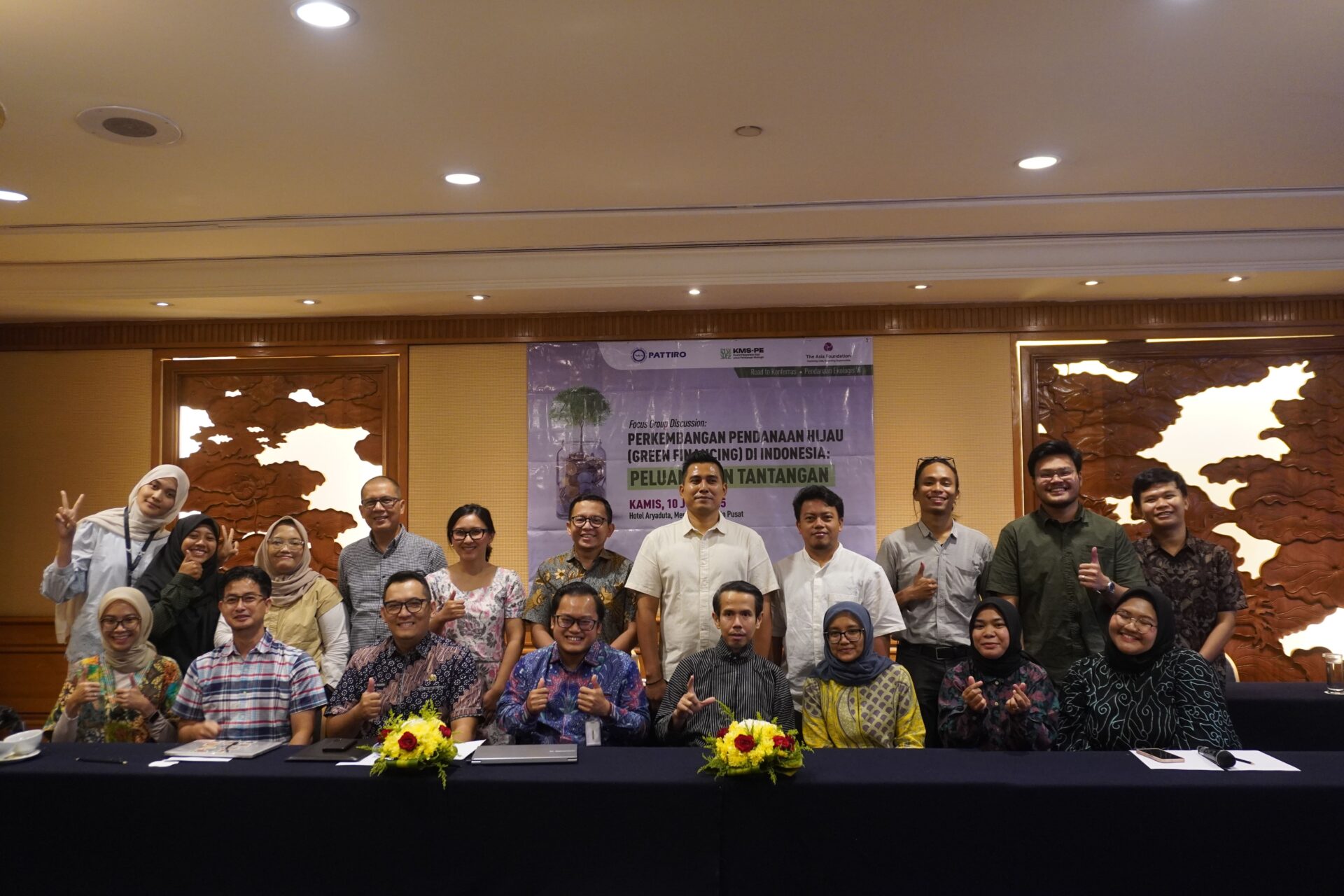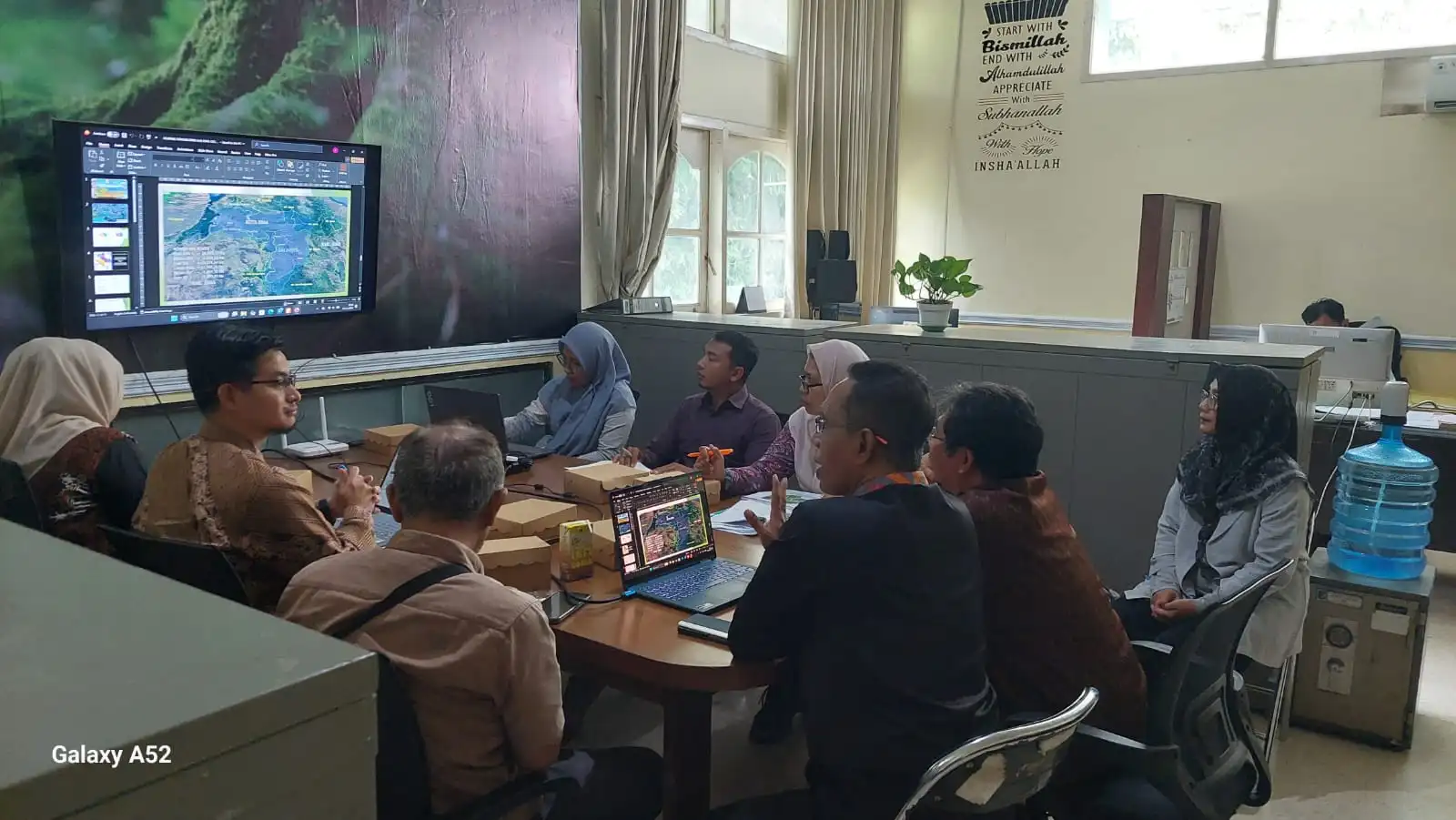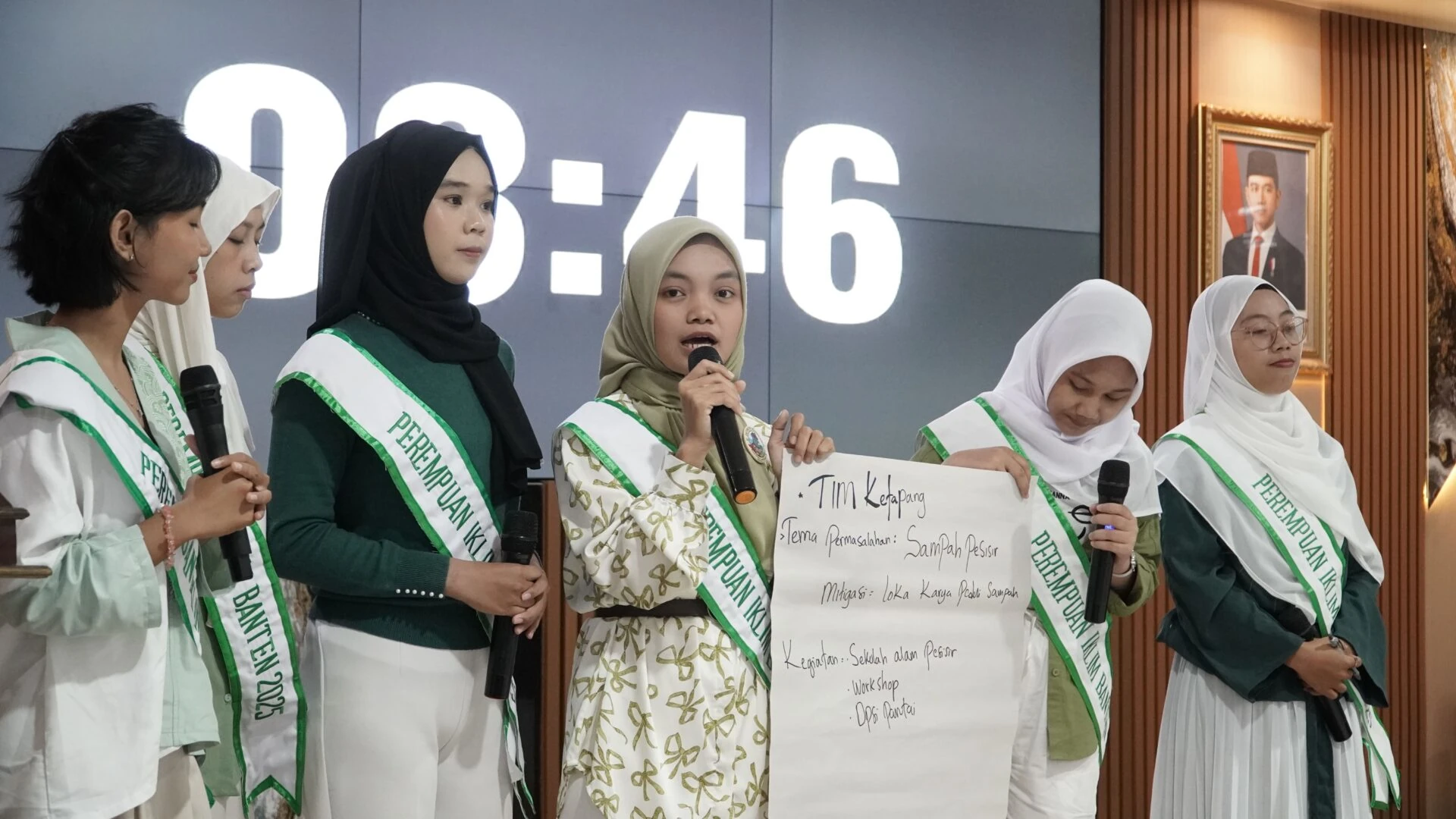In the midst of the increasing urgency for financing sustainable development, the central government continues to develop various green financing instruments. These are expected to support the strengthening of the green development agenda in the regions. However, local governments hold a key role: to what extent are they ready to utilize these financing schemes?
This issue was the main topic of discussion in the Focus Group Discussion (FGD) on the Development of Green Financing in Indonesia: Opportunities and Challenges, organized by PATTIRO with the support of The Asia Foundation on Thursday, July 10, 2025, in Jakarta. The FGD highlighted the importance of strengthening the green development agenda at the local level so that various green financing facilities can be accessed and utilized optimally.
Based on data from the Ministry of National Development Planning/Bappenas, the allocation for environmental expenditure in the regions remains relatively small and fluctuates. On average, it stands at only IDR 25 trillion per year, or about 2.05% of total regional spending throughout 2018–2024.
Ramlan Nugraha, Program Manager at PATTIRO, explained that most local governments are still heavily dependent on central government transfer funds, especially at the district level. “This dependency indicates regional fiscal vulnerability and poses a serious challenge in efforts to mobilize green financing,” said Ramlan.
Green Funding Schemes That Have Been Developed
Several green financing schemes have been facilitated by the central government through the Environmental Fund Management Agency (BPDLH), PT Sarana Multi Infrastruktur (PT SMI), as well as technical support from UNDP Indonesia. BPDLH, for example, manages grants, loans, and endowment funds to support greenhouse gas (GHG) emission reduction targets, Enhanced NDC (ENDC), and SDGs.
“BPDLH funds can be accessed by individuals, government agencies, civil society organizations, the private sector, educational institutions, and community groups,” explained Joko Tri Haryanto, President Director of BPDLH.
One of BPDLH’s interesting facilities is revolving funds, which allow beneficiaries to obtain low-interest loans for forestry business capital, environmental investments, or other productive ventures.
A real example is the Fish Cultivation Group (Pokdakan) in Aceh Tamiang Regency, which utilized this facility for the development of soft-shell crab cultivation. However, according to Josi Khatarina, a lecturer at the Faculty of Law, University of Indonesia, policy adjustments are still needed to make the guarantee mechanism more flexible and technical rules more publicly accessible. Community groups also require assistance in preparing submission documents.
In addition to BPDLH, PT SMI, through its SDG Indonesia One platform, also provides blended finance schemes in the form of grants, loans, equity, technical assistance, capacity building, and research. Faaris Pranawa, Director of Public Financing at PT SMI, stated that the focus of 2025 financing will include energy transition, clean water provision, waste management, sanitation, and health infrastructure. This blended finance has been implemented in the Bus Rapid Transit project in Semarang City and a street lighting project in Surakarta City.
Another opportunity is the issuance of regional bonds for green financing. In this regard, Nila Murti, Head of Financing for Development at UNDP Indonesia, mentioned that UNDP has conducted feasibility studies and supported the Ministry of Finance through the development of Climate Budget Tagging (CBT) at both provincial and district/city levels through pilot programs in several locations.
Lessons from East Kalimantan Province
East Kalimantan Province serves as a prime example of good practice in managing green financing at the sub-national level. Since 2008, the East Kalimantan Provincial Government has integrated the green development agenda into its 2008–2013 Regional Medium-Term Development Plan (RPJMD) and declared “Kaltim Green” through Governor’s Regulation No. 22 of 2011. This initiative stemmed from an awareness to curb the rate of deforestation and forest degradation.
Since 2015, East Kalimantan was selected to implement the FCPF–Carbon Fund (REDD+) Program, which provides performance-based incentives for reducing deforestation and forest degradation. Prior to the program’s implementation from 2020–2024, the provincial government, along with various stakeholders including the Ministry of Environment and Forestry (KLHK) and the World Bank, developed the Emission Reduction Program Document (ERPD) and the REDD+ support system.
Wahyu G. Purboyo, Head of the Economy and Natural Resources Division at the East Kalimantan Provincial Development Planning Agency (Bappeda), explained that this program focuses on five aspects: improving forest and land governance; strengthening forest and land management guidance; reducing deforestation and forest degradation in licensed areas; developing sustainable alternative livelihoods for communities; and program management and monitoring.
With the experience of regions like East Kalimantan, it’s hoped that other local governments can strengthen their measurable green development agendas, enabling the various prepared green financing facilities to be genuinely utilized for environmental sustainability and community well-being.







